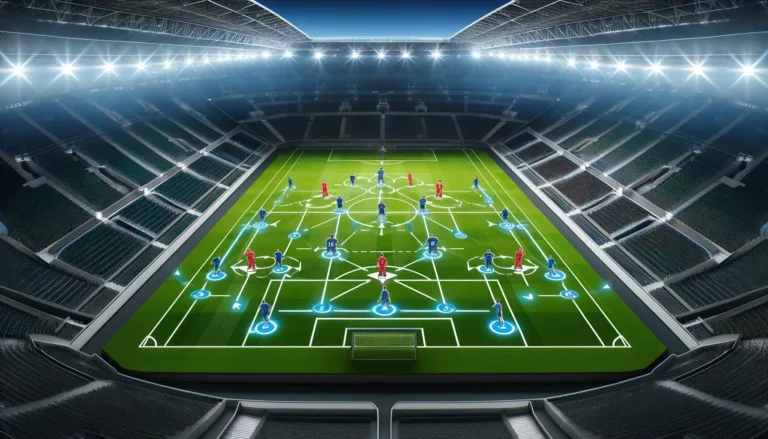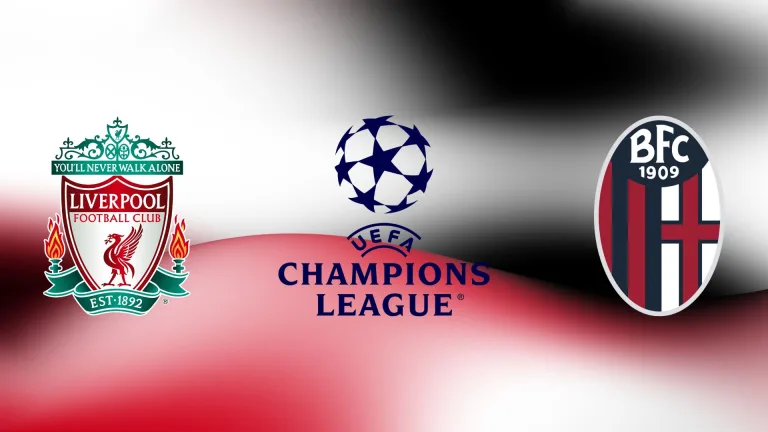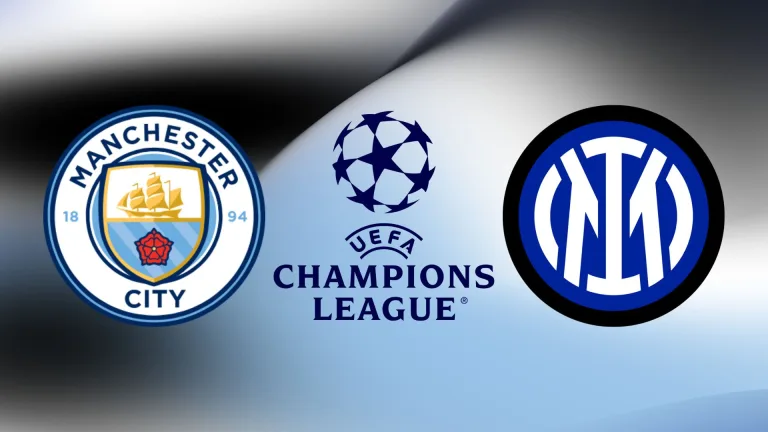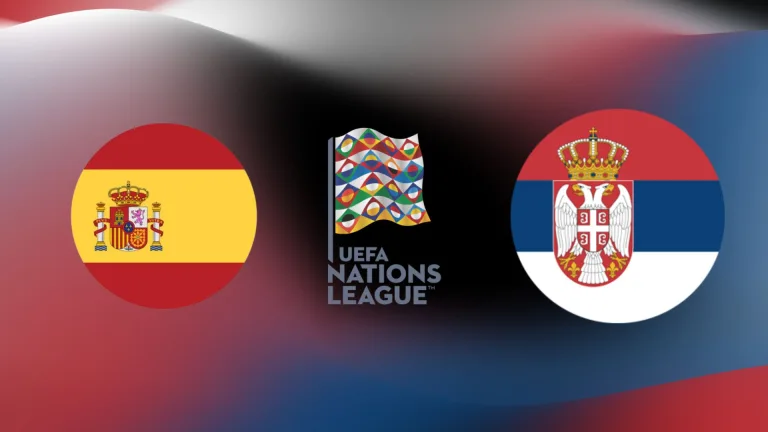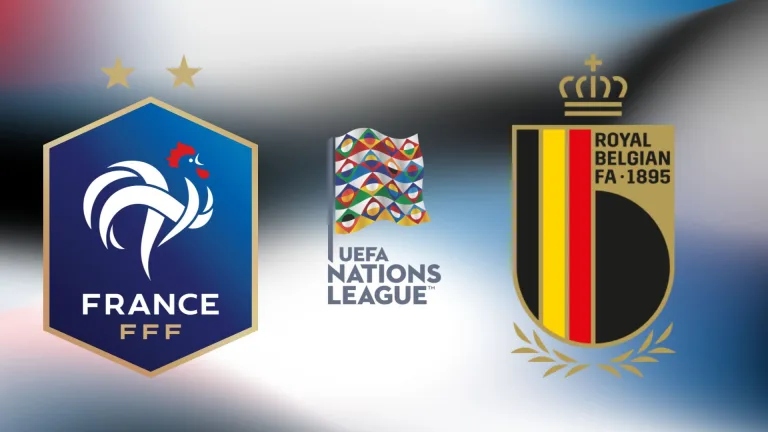Tactical Analysis: England vs. Netherlands – The Three Lions Reach the Final After Watkins’ Perfect Finish
England will face Spain in the Euro 2024 final in Berlin after substitutes Cole Palmer and Ollie Watkins scored the goals that propelled the team to the final, just 10 minutes before the end of regular time.
Starting Lineups
For the Netherlands, there were no absences, injuries, or suspensions, so Ronald Koeman made only one change to the starting lineup from the quarterfinals. The defensive line remained the same with Denzel Dumfries, Stefan de Vrij, captain Virgil Van Dijk, and Nathan Ake. Tijani Reijnders and Jerdy Schouten are the two pivots in front of the defense. In midfield, there is one change: Donyell Malen starts instead of Steven Bergwijn, playing alongside Xavi Simons and Cody Gakpo, with Memphis Depay as the central striker.
Southgate sticks with a back three, consisting of Kyle Walker, John Stones, and Marc Guehi. Bukayo Saka and Kieran Trippier play as wing-backs, while Kobbie Mainoo and Declan Rice are the two pivots for England. Phil Foden and Jude Bellingham share the role of number 10, positioned behind Harry Kane.
Match Report and Summary
The Netherlands opened the scoring in the 7th minute through Xavi Simons, who netted a spectacular goal from outside the penalty area. After a long pass from Denzel Dumfries over the midfield line aimed at Reijnders, the ball was deflected. Xavi Simons won the duel with Declan Rice and scored from the edge of the 16-yard box. England responded quickly and won a penalty in the 18th minute after Dumfries fouled Kane in the box. Kane was preparing a volley when Cody Gakpo raised his foot to block but ended up hitting Kane during the shot. Kane converted the penalty with a powerful low shot, bringing the score level for his team.
Throughout the first half, England dominated possession with 63% and created more scoring opportunities, with an xG of 1.08 compared to the Netherlands’ 0.14. In the 35th minute, the Netherlands suffered a significant loss when Depay got injured and was replaced by Veerman.
The second half was marked by caution from both teams, avoiding risks and trying to control the game. England came close to scoring the decisive goal in the 80th minute through Bukayo Saka, but the goal was disallowed for offside. With just 10 minutes left in regulation time, Southgate brought on Cole Palmer and Ollie Watkins, likely in preparation for extra time and potential penalties. Instead, the two sent England directly to the final when Palmer found Watkins in the box, passing between the lines, and Watkins scored with a shot to the far corner.
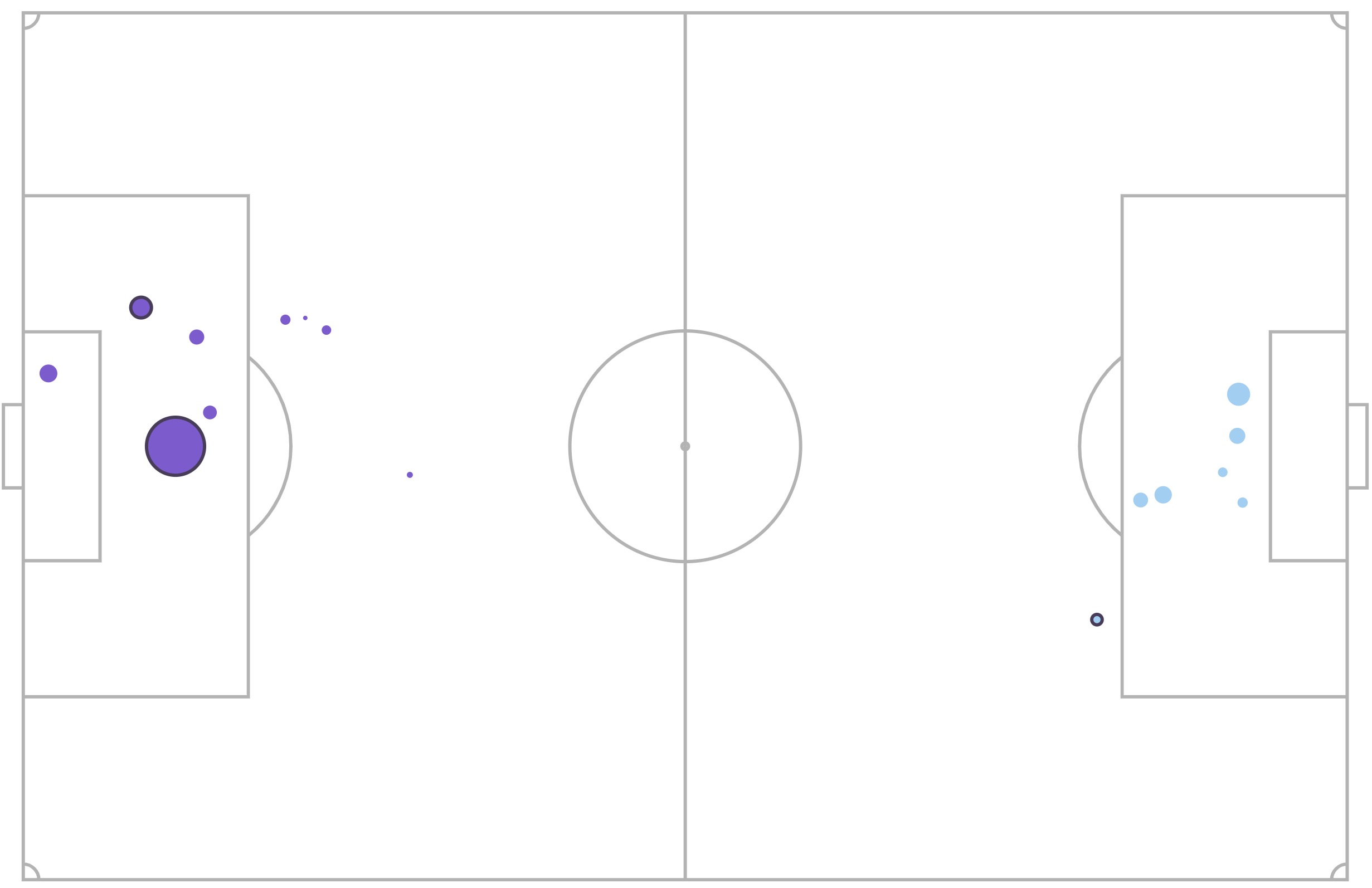
Xavi Simons’ performance was crucial for the Netherlands, as he opened the scoring. On the other side, Kane was decisive for England, not only with his penalty goal but also with his constant presence in attack. Phil Foden also had a solid performance, completing 100% of his passes, creating significant chances for his team, and nearly scoring with a shot similar to Lamine Yamal’s in the semifinal against France; however, in this case, the ball hit the crossbar.
Kobbie Mainoo Dictates England’s Tempo
Kobbie Mainoo played alongside Declan Rice as a defensive pivot but took on a more advanced position than Rice. At just 19 years old, Mainoo coordinated his team’s play, knowing when to increase the tempo and, importantly, when to slow it down and put a pause in the game— a quality I greatly appreciate in midfielders. He effectively occupied open spaces and, when receiving the ball, always looked to advance and attack the spaces.
A representative example is Phil Foden’s chance in the 23rd minute, where the ball was cleared off the line by Cody Gakpo. Mainoo found the open space, received the ball, turned, and immediately attacked the space, advancing. This put Virgil Van Dijk in a difficult situation, caught between Mainoo, Foden, and Kane. Mainoo spotted Foden in front, passed between Van Dijk and Ake, and Foden managed to get a shot on target.
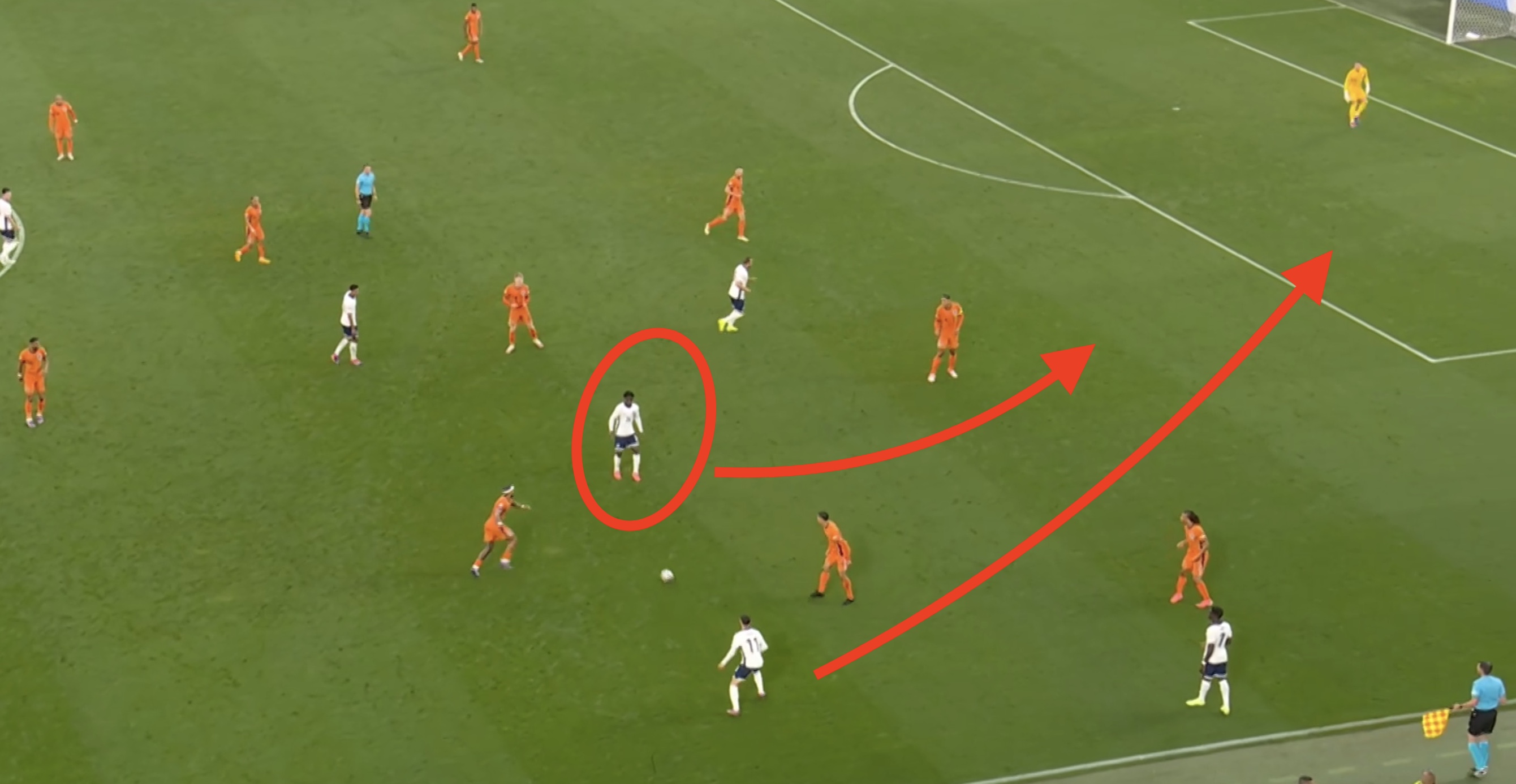
Looking at the stats, Kobbie Mainoo had a passing accuracy of 86%, with a 100% success rate on long passes. He won all the duels he was involved in and contributed defensively with two tackles and two interceptions. Mainoo is the youngest player to represent England in a semifinal at a major tournament and represents the future of the Three Lions in midfield.
The Netherlands’ Pressing Structure
At the start of the match, the Netherlands did not press very aggressively and did not challenge England’s build-up play. This was due to the opportunities that would have been presented to England if the Netherlands had used their usual pressing structure. Typically, the Netherlands prefer to press with three players up front, while the defensive line stays back.
This leaves the midfielders with a choice. The first option is to advance in the press to support the attackers, but this creates a huge gap between the defensive line and the rest of the formation (as seen, for example, with Manchester United, a team that has conceded quite a few goals this Premier League season). The second option is to stay back, but this would leave an empty space behind the attackers, which midfielders like Kobbie Mainoo or Jude Bellingham could successfully exploit.
Therefore, to address these issues, the Netherlands chose not to press aggressively and opted for a more compact defensive structure, with closer lines than usual.
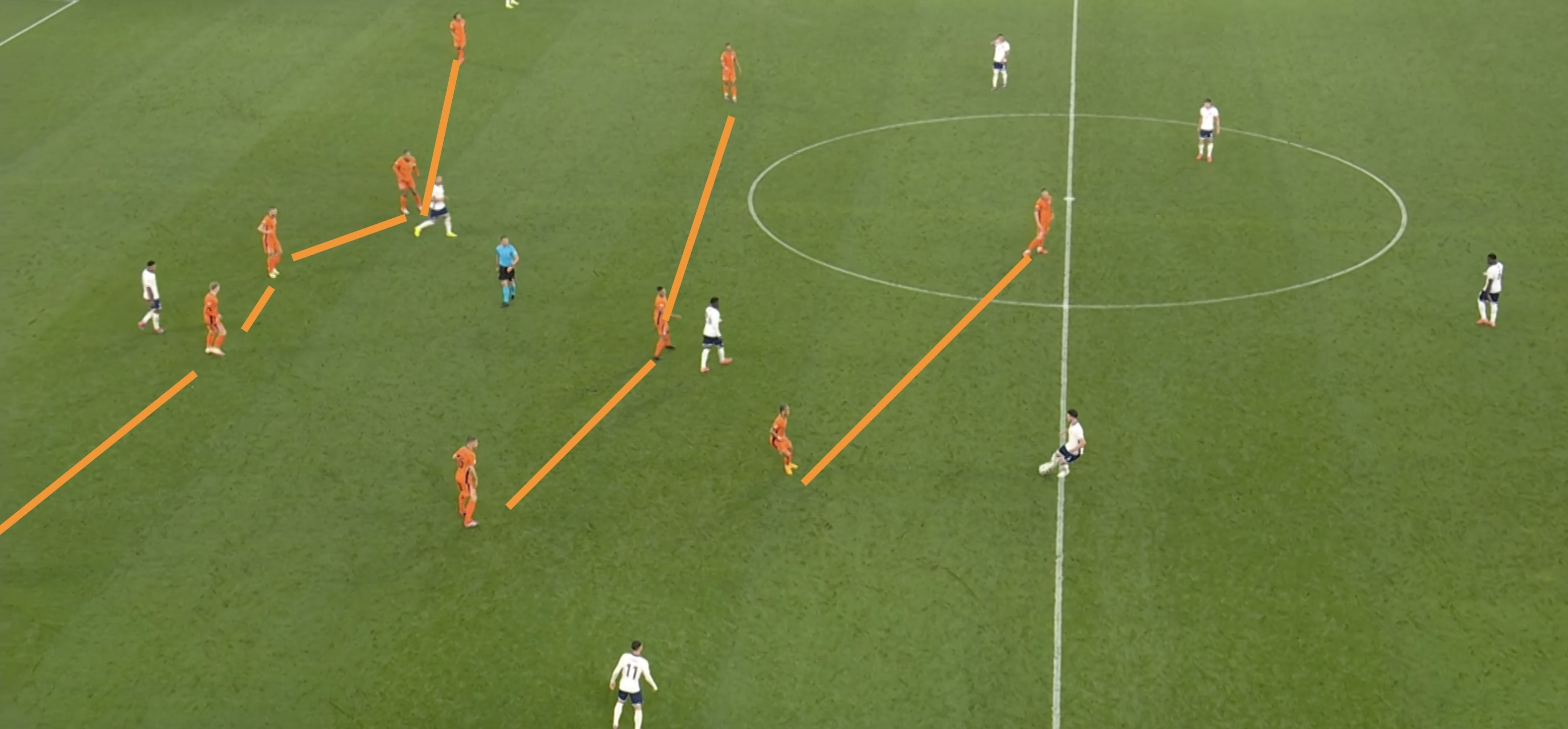
However, the Netherlands noticed that, unlike in previous matches in this tournament, England was much more incisive and looked to attack the spaces (with Kobbie Mainoo again being very important in this regard). With this pressing structure, Koeman gave England offensive opportunities, which is reflected in the statistics. England had 7 shots in the first half, compared to just two in the second half.
The change made at halftime was for the entire team to move forward to support the attackers pressing high. The disadvantage of this “high block” is its vulnerability to explosive sprints behind the defensive line. However, in England’s case, there isn’t anyone to make these sprints, as Harry Kane does not excel in terms of dynamism and isn’t the type of forward who looks to be launched behind defensive lines.
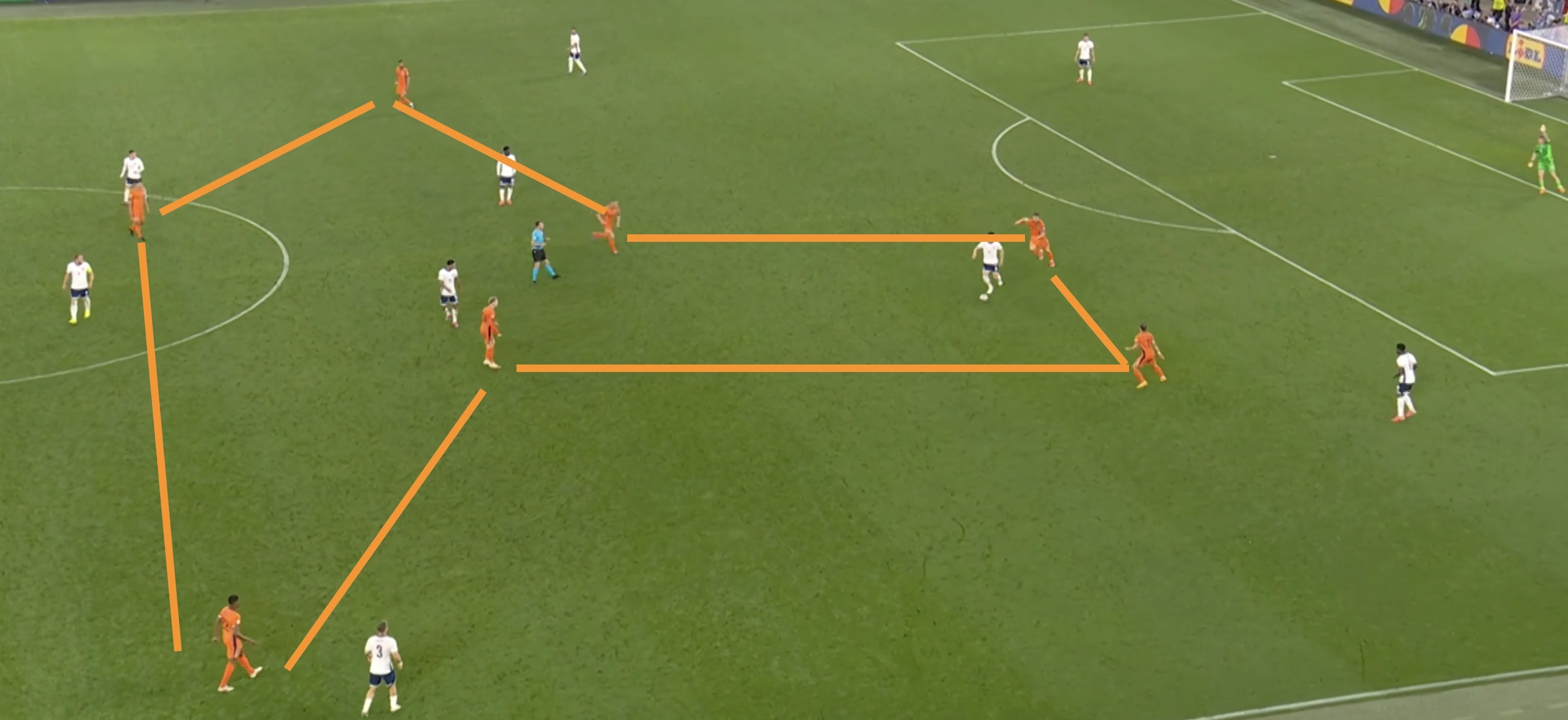
Southgate’s Inspired Changes
In the 82nd minute, with just 10 minutes remaining in regulation time, Southgate opted for two substitutions. The first was Cole Palmer replacing Phil Foden, a classic change that Southgate has made before in this tournament. Both players have similar profiles, and in the case of extra time and penalties, Cole Palmer is an excellent choice.
The second change was Ollie Watkins coming on for Harry Kane. This substitution had only been made previously in the match against Denmark, where the Aston Villa striker entered the field in the 70th minute, replacing Kane. Southgate chose to bring Watkins into this game because he is the type of forward who prefers to be launched behind the defensive line, unlike Harry Kane, who is one of the most creative forwards in the world but does not excel in “dynamism.”
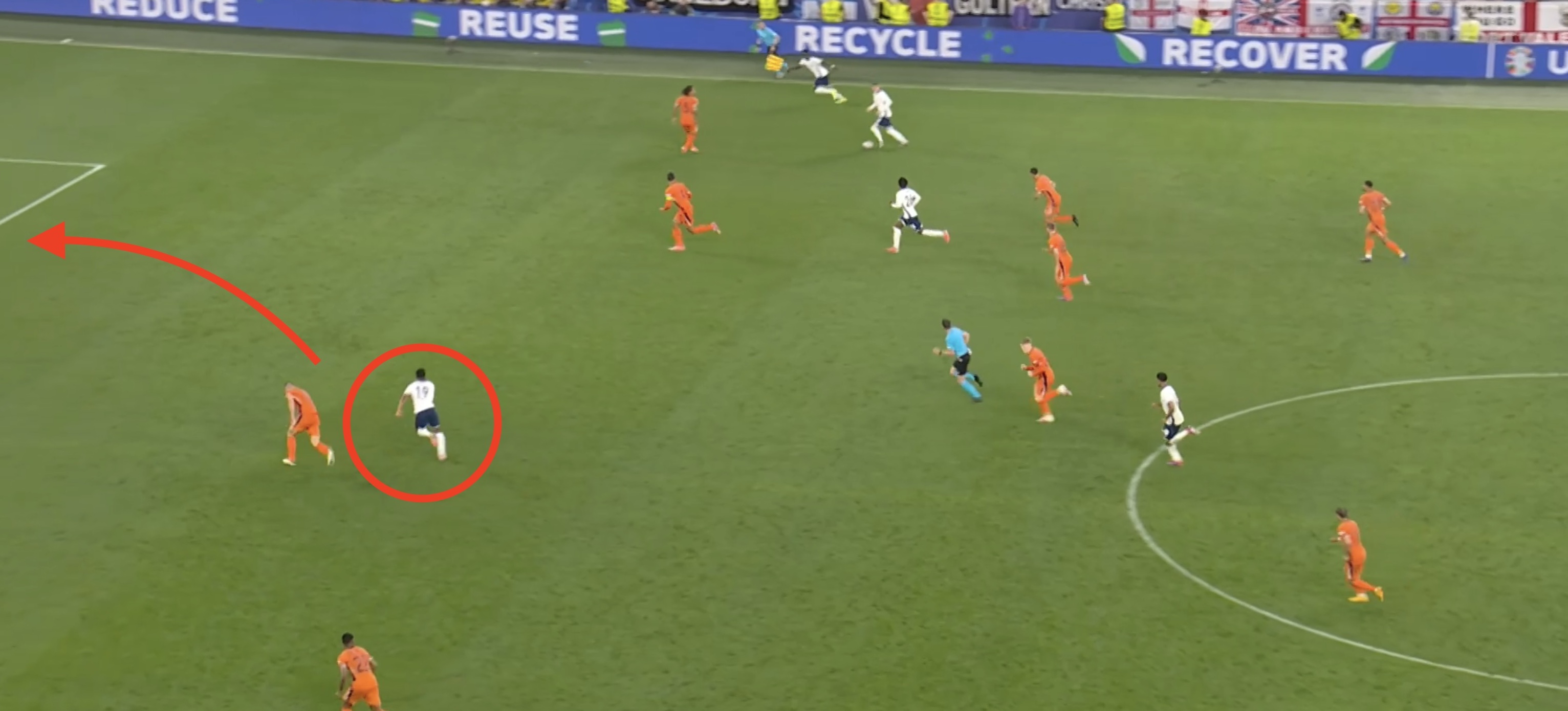
Let’s take a look at the sequence of the goal. When the ball reached Cole Palmer on the right flank, Ollie Watkins’ first instinct was to sprint and find the space behind the defensive line. He received the ball from Palmer, who delivered a perfect pass between Ake and Van Dijk, and finished from a difficult position.
Conclusions
England will face Spain in the Euro 2024 final in Berlin after Cole Palmer and Ollie Watkins, introduced just 10 minutes before the end of regulation time, scored the goal that propelled the team to the final. England’s performance was remarkable, with Kobbie Mainoo and Declan Rice coordinating play well in midfield and a solid defense consisting of Kyle Walker, John Stones, and Marc Guehi.
On the other side, the Netherlands had a strong start, opening the scoring through Xavi Simons, but had to defend more in the second half. Southgate’s tactical changes proved decisive, securing England’s victory and qualification for the final.

